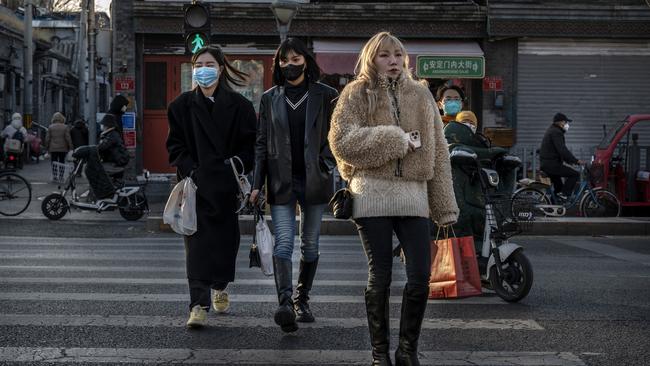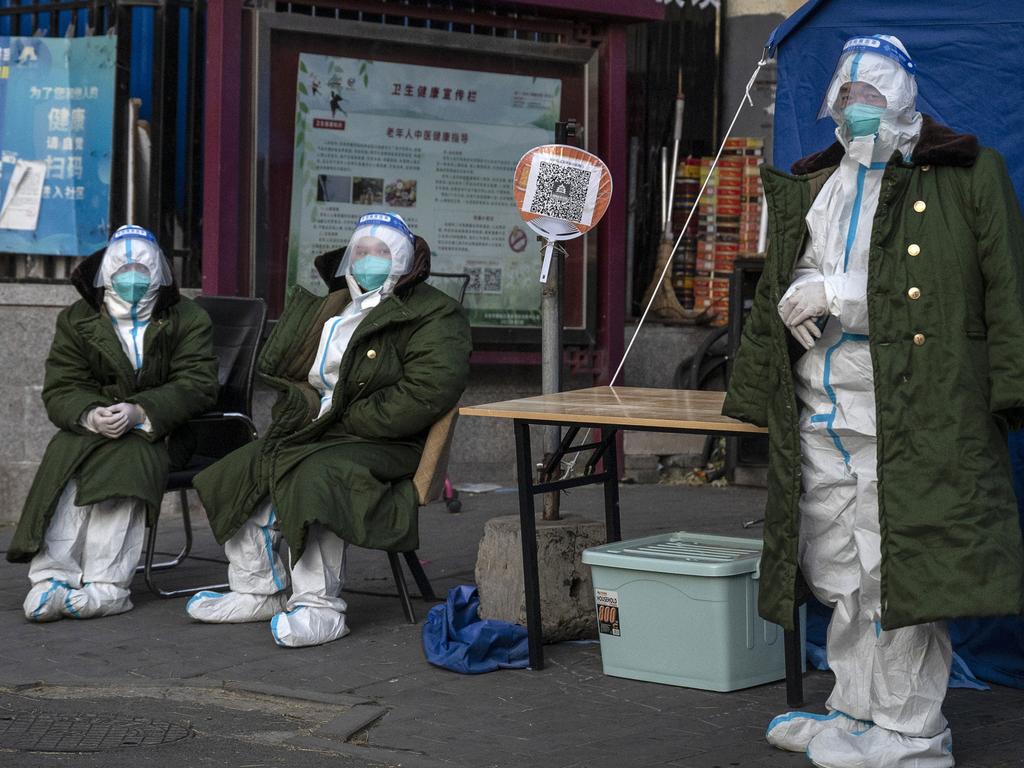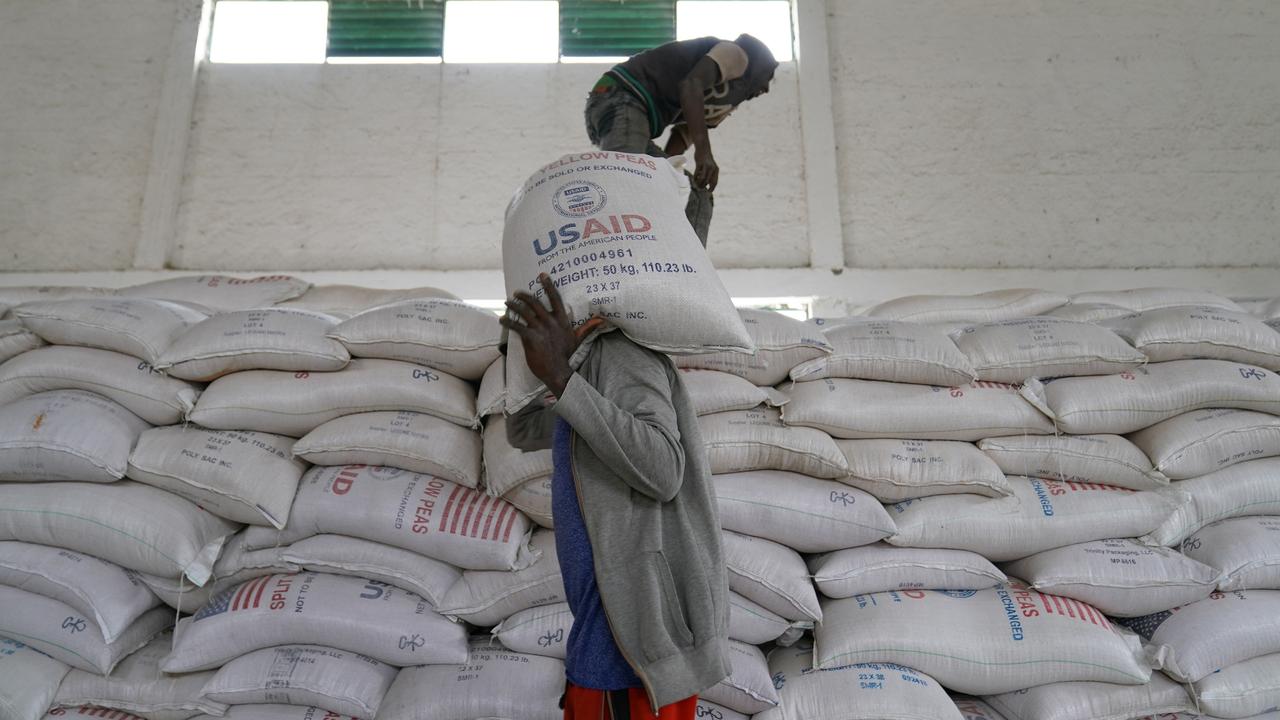Beijing seeks positive spin on Covid easing as risks rise
Admission that leadership bent to public anger underscores wish for safe reopening.

China’s scaling back of lockdowns and mass virus-testing is a response to weeks of nationwide protests against unpopular Covid-19 controls, a Communist Party mouthpiece acknowledged, in a rare sign that Beijing is responding to protesters’ demands and beginning to lay the groundwork for reopening the economy.
As pandemic controls were partially lifted in many big cities despite the Omicron-fuelled outbreak sweeping the country, new locally transmitted infections fell – likely due in part to reduced mass testing, leading to fewer cases being detected. New daily infections dropped below 30,000 on Sunday, down from a daily tally of more than 38,000 at the end of November. Cases in some of the hardest hit regions have fallen by half or more from their highs, official data show.
“In the past few days, there have been quite a lot of opinions about local epidemic controls,” the Chinese Communist Youth League wrote on their official WeChat account Sunday. “The incident has initially subsided through prompt communication and improvements,” it said, adding that the swift response and changes in policy showed a level of responsiveness by party leaders that would be impossible anywhere else in the world.
The public acknowledgment of public anger against the harsh and prolonged pandemic regime may be the first official admission of flaws in the zero-Covid policy personally endorsed by leader Xi Jinping. But despite reports that Mr Xi told visiting EU officials that the unrest reflected people’s grievances against the Covid measures, the Youth League also took a swipe at Washington for seeking to stoke public dissent in the country.
Comments by Secretary of State Antony Blinken on Beijing’s Covid policies and other American politicians sounding their support for protesters were signs that the US intends to “create chaos” in China, the Youth League wrote in the post. “What do things happening in China have to do with the US? Were you the ones who planned these events?” it read, referring to the protests.
The easing of restrictions marks a stark contrast with China’s earlier adherence to its zero-Covid regime, which for almost three years has used harsh lockdowns and mass testing to crush outbreaks. Though this has resulted in lower death tolls than in other countries, the policy has stoked widespread public resentment, throttled domestic growth and emerged as one of the biggest risks to the global economy.
Chinese-linked shares jumped Monday on optimism that the shift in policy marks the beginning of China’s exit from zero-Covid. Hong Kong’s Hang Seng Index rose more than 4.5 per cent, with e-commerce giant Alibaba and smartphone maker Xiaomi surging more than double that. The CSI 300 Index, a gauge of the largest listed companies in mainland China, rose nearly 2 per cent to its highest level since mid-September.
Still, some analysts caution that the easing doesn’t mean an immediate end to zero-Covid, and China’s road to full reopening will be long and bumpy.
The success of zero-Covid in shielding China’s population from the virus means natural and acquired resistance to the disease is low, as are vaccination rates for the elderly and other vulnerable groups. Based on the experience of Hong Kong and Taiwan, which also had low levels of infections and vaccination of older people, Goldman Sachs economists predict that China’s Covid cases could peak anywhere between three million and 13 million a day by January.
Whether deaths also surge will depend on the government’s ability to boost vaccination rates. Among 35.8 million Chinese people aged 80 or above, about 66 per cent are fully vaccinated and 40 per cent have received booster shots, according to data from health authorities made public late November.
And while the easing of restrictions has been widely broadcast, it remains a patchwork of policies unevenly applied across regions. Officials have also been forced to walk back some policies as they adapt to China’s new Covid reality.
In the metropolis of Chongqing, where infections were among the highest in China during November’s peak, authorities said testing will no longer be compulsory for many of the city’s 32 million residents. However, those deemed to be in high-risk roles, such as delivery staff and hotel, shopping-mall or supermarket employees, will still have to take tests.
After years of being told to fear the Covid virus, many in China also remain cautious about any reopening. As Chongqing exited a period of lockdown, residents complained of long waiting times to get tested after local authorities cut the number of testing booths. In response, officials reopened some but urged people not to get tested unless they have to, state media reported.
In Henan, where an outbreak that began in early October in the provincial capital Zhengzhou has hit production at the world’s biggest plant making Apple iPhones, new daily infections have fallen to around 300 cases, or about one-tenth of their November peak.
On Monday, plant operator Foxconn Technology Group said its revenue fell 11 per cent in November from a year earlier after the disruption at the site. The outbreak is now under control, and production at the facility employing more than 200,000 people is gradually returning to normal, the company said.
The Wall Street Journal





